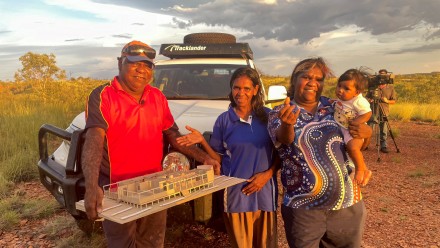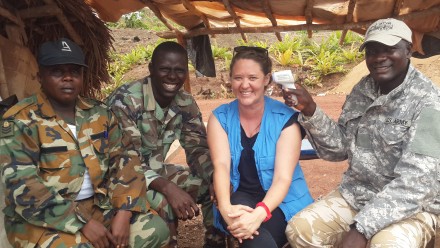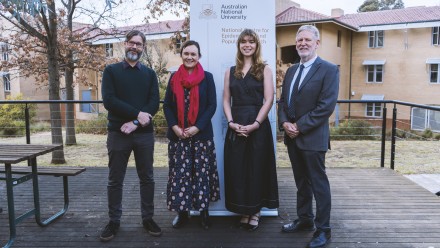Sub studies
Study of the brain using structural magnetic resonance imaging
Randomly selected sub-samples of our midlife (431 participants) and older (478 participants) cohorts have undertaken magnetic resonance imaging (MRI) scans and provided blood samples. The data from this sub-study allows us to examine physical changes to the brain in later life and how they relate to other changes in cognition and mental health. Analysis of the brain includes measurement of the volume of brain structures (eg corpus callosum, hippocampus, amygdala, entorhinal cortex) and assessment of 'white matter hyperintensities' (small areas of dead or damaged brain tissue). The MRI sub-study is being undertaken in collaboration with Professor Perminder Sachdev and colleagues from the Neuropsychiatric Institute, University of New South Wales. Our 60+ subgroup have now had MRIs at all three waves, while the 40+ subgroup have had MRIs at second and third wave. At Wave 4, 40+ MRI group have again had brain MRIs and MRIs on our 60+ MRI group are currently underway.
Health & memory study
For this sub-study, subgroups of participants in the oldest age group (117 at baseline and 138 at the first follow up) were selected on the basis of the physical and memory test results obtained in the baseline interview. Participants were then invited to take part in a more detailed physical and neurocognitive assessment administered by a medical practitioner. Participants were also asked to have a brain MRI at wave 1. This sub-study provides a more fine grained analysis of cognitive capacity and examination of relationships between changes in physical health and cognitive performance over time. For Wave 4 rather than inviting a sub-sample to do extra neurocognitive testing, we have included these tests in the main PATH interview so the full sample is doing these more detailed tests. We are also asking our participants to provide the name of a relative or good friend who will be able to provide information on the participant’s health and well-being.
Cardiovascular study
In wave 3 those 40+ participants who took part in the 'study of the brain using MRI' at the previous assessment were invited to undergo a cardiovascular examination and to again have a brain MRI. Dr Walter Abhayaratna, a cardiologist at the Canberra Hospital and a researcher at ANU Medical School conducted this sub-study, which aims to evaluate the interrelationships between blood pressure, aortic stiffness, cardiovascular risk factors and conditions, and cognitive function in midlife.This sub-study was also undertaken on the 60+ MRI subsample.
Exercise, energy expenditure and healthy ageing
In Wave 4, our 60+ MRI group are being asked if they would be willing to wear an armband to record energy expenditure, physical activity patterns and sleep for one week. Participants are also asked to complete a diet diary of everything they eat and drink during the week. One asks what activities you did throughout the day. The other provides set questions about the types of activities that were engaged in over the previous day.
The results from this research will allow us to identify associations between physical activity, energy expenditure, chronic disease, and cerebral and cognitive health in older adults.
This study on exercise is being undertaken in collaboration with the Faculty of health, University of Canberra.
The eye as a window to the brain
In Wave 4, our 60+ MRI group are also being asked to take part in a study in which two colour photographs are taken of the back of both eyes (i.e. the retina) using a specialised retinal camera. One photograph will be centred on the macula and one will be centred on the optic disc.
The aim of this research is to examine the relationship between vasculature in the retina of the eye and changes in the brain that have occurred over the 12 years of PATH as measured by MRI. This study will also look at the effect of physical health and lifestyle factors on this relationship.
This study on the eye is being undertaken in collaboration with the Centre for Eye Research Australia.







